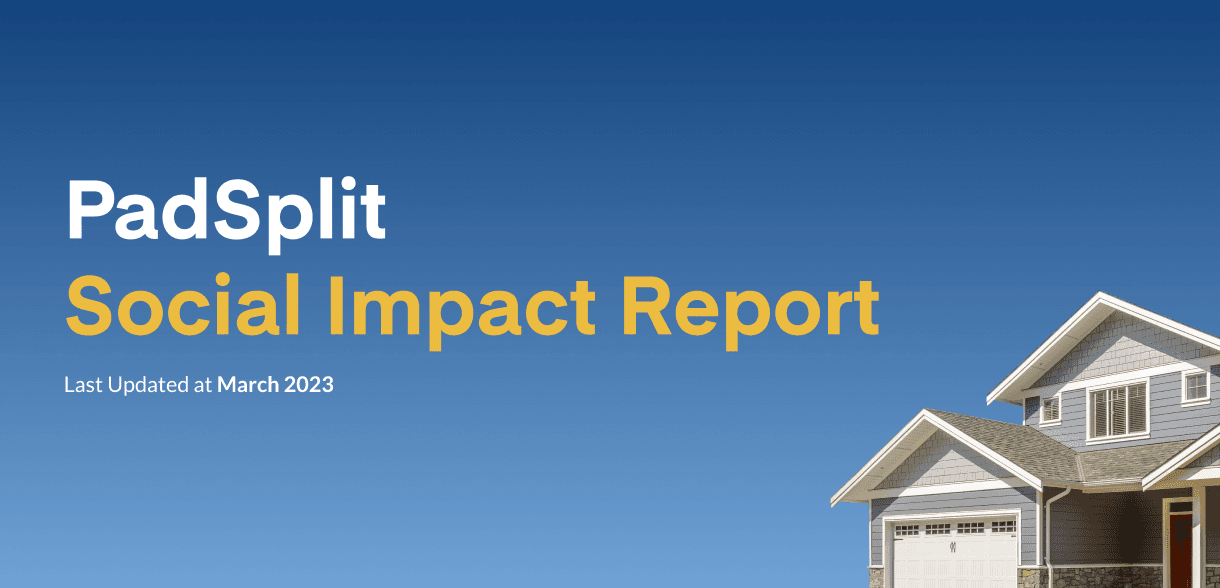Ready to begin working towards your financial goals? Creating a monthly budget is a good place to start. You might be tempted to think of a budget as a way of restricting your spending, but it’s the opposite. A monthly budget is a tool to help track your spending so you can reach your financial goals more quickly.
A budget shows how much money you bring in, how much money goes out, and how much money is left to start putting towards your goals.
Most financial advisors recommend following the 50/30/20 rule when setting a budget. This means 50% of your income goes towards needs, 30% towards wants, and 20% towards savings. However, this can be hard to achieve when you’re just getting started with finances. We recommend using this as a goal to work towards as you set your monthly budget.
8 Steps to Create a Monthly Budget
1. Write down your financial goals.
Think of your personal financial goals. Do you want to pay off debt, increase your savings, or save for a special trip? Figure out your goals and then write them down. Set a timeline for achieving them. These goals will determine how you structure your budget.
2. Add up all sources of income for the month.
Income is your take-home, after taxes, pay for you and others in your household. Common sources of income include pay from your job or jobs, pay from your side hustle, and Social Security. If you’re currently unemployed, be sure to include any unemployment payments as a source of income. Tip: The best way to make sure you don’t miss anything is to gather your pay stubs and bank statements from the past two months. Refer to them as you add up your monthly income.
3. Add up all monthly bills and expenses.
There are two categories of monthly bills and expenses. They are fixed and variable. Fixed bills and expenses are ones where you pay the same amount each month. Common fixed expenses include rent, car payments, car insurance, and cell phone bills. Variable bills and expenses are ones where the amount you pay changes from month to month. Common variable expenses include groceries, gas, clothing, and entertainment. Tip: Refer to your bills and bank statements from the past two months. This will give you a better picture of how much you spend on fixed and variable expenses each month.
4. Subtract your total monthly bills and expenses from your monthly income.
Don’t worry if your result is a negative number. A monthly budget can help you turn it around. If your result is a positive number, a monthly budget can help you achieve your financial goals faster. After you have your result, take a moment and ask yourself the following questions:
- How much of my income goes towards expenses each month?
- Am I ok with that amount?
- Are there any variable expenses I can cut back on, like eating out, to help me reach my financial goals sooner?
Your answers to these questions will help in the next step.
5. Identify and cut back on unnecessary expenses.
The easiest way to identify unnecessary expenses is to look at how much money you’re spending on things you want but don’t necessarily need. For example, eating out is a want that costs more than eating in. Consider cooking most meals at home and eating out as a treat once or twice a month. Another way to cut expenses is to review your subscription services and determine which ones you can live without for a little bit. For example, do you really need Pandora and Spotify or Netflix, Hulu, and Amazon Prime Video? They may not cost a lot per month but paying multiple subscriptions for similar services really adds up. Cutting back on these expenses is an easy way to save money. CALL OUT BOX: One of the biggest line items in a budget are housing expenses. In addition to rent, there are electricity, gas, water, and wifi bills that are often due on different dates each month. Consider moving into a PadSplit to cut your expenses. Not only will you save money, but it’s one fixed payment each week.
6. Set a plan to reduce debt.
Now that you’ve identified and cut unnecessary expenses, use that money towards reducing your debt. Consider making an extra monthly payment towards credit cards or loans. It adds up over time and can even help improve your credit score.
7. Prioritize your savings account.
A good goal to work towards is having at least three months of income in your savings account. For example, if you earn $2,000 a month your goal would be to have at least $6,000 in savings. This ensures you have at least three months of living expenses covered if something happens and you’re unable to work. It can seem like an unattainable goal, but every dollar adds up over time. Consider setting a goal to save $5 to $10 a week as a starting point. In one year, you’ll have $260 to $520 in your savings account.
8. Track your progress throughout the month.
Regularly review your budget and monitor your spending. When you’re first starting out, we recommend tracking your spending each week. Adjust your budget as needed. It’s not set in stone. It’s a tool designed to help you achieve your financial goals.
Setting a monthly budget can be intimidating, but it’s easy once you get started. Follow the steps above and you will achieve your financial goals.


